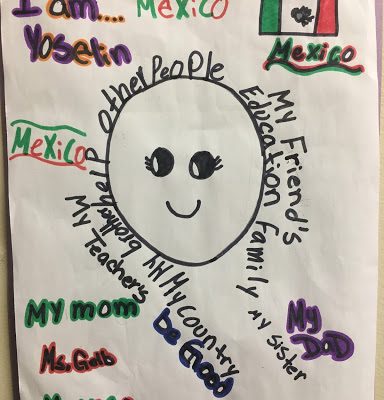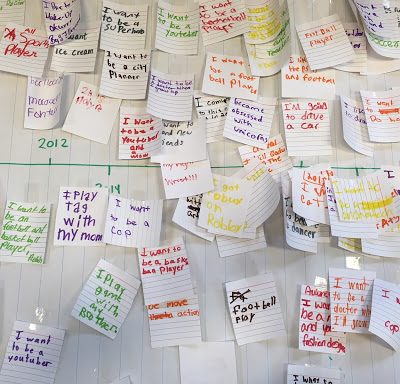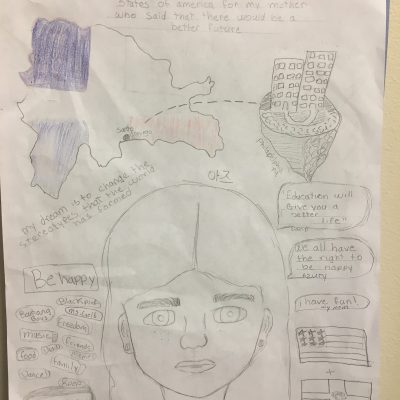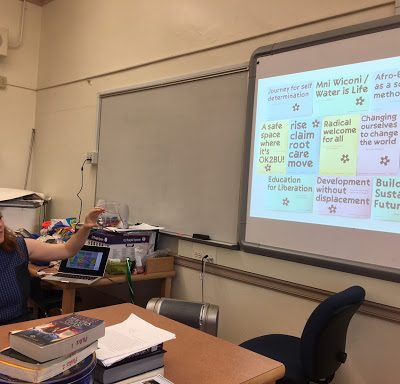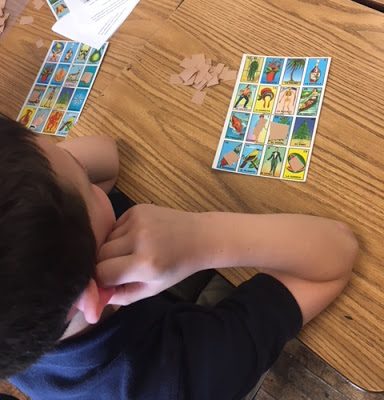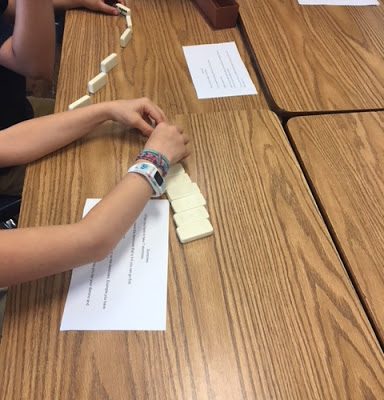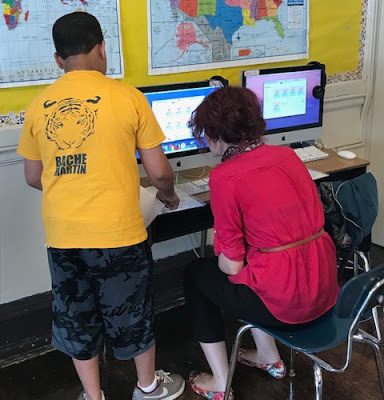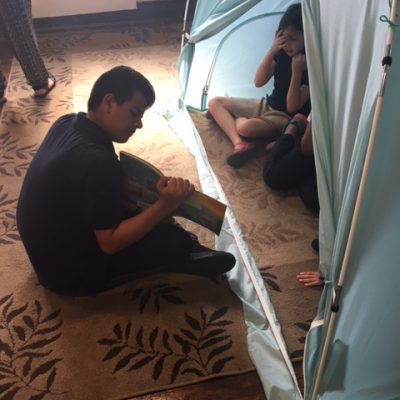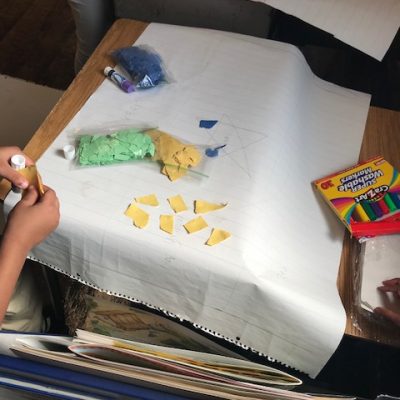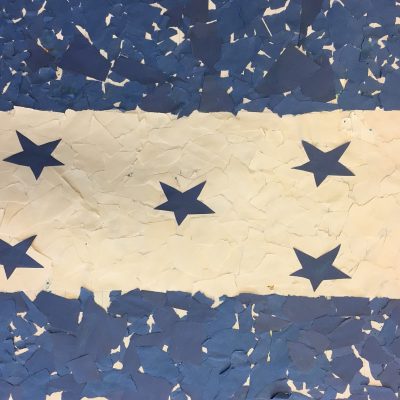Bache-Martin ESOL Students create museum to help fellow students celebrate their home cultures.
What did they care about?
Rachel Gelb’s students are learning English and adapting to a new culture. They loved the chance to come to class and talk about things they wanted to change about their community. As conversations unfolded it became more and more clear that they wanted to do something to end the teasing they experienced as English language learners. They wanted their classmates to appreciate the fact that they were fluent Spanish speakers with rich cultural traditions to share. They wondered if people’s negative perceptions of immigrants was related to how much they knew about other languages or knowledge of other cultures. So they set out to find out!
What did the students learn?
Rachel helped her students explore their question as young social scientists would–with a survey of the community! And sure enough. The survey responses supported their intuition that negative attitudes toward immigrants corresponded with those who did not speak another language or know much about other cultures. It occurred to these students that they could change things if only they could help their classmates start learning Spanish or learn some of the great things about their home cultures in Honduras, the Dominican Republic and Mexico. But how could this small group of students educate the larger school community? How could they change minds?
What did they do about the issue?
One idea that arose during student conversations was making a museum-like exhibit. The students knew that museums were places where you could visit and learn new things. Lots of new things in a short amount of time! But when it came to designing a museum exhibit they knew they needed help. Rachel reached out to the folks at the Philadelphia Museum of Art. This led to a visit from Phoebe Bachman who had helped curate the Philadelphia Assembled exhibit the previous fall. She shared strategies for creating interactive exhibits that invited museum-goers to reflect on their own lives and make connections to ideas that inspired the exhibit. These NID students were especially drawn to the idea of “sanctuary.” Aside from sharing Spanish language resources and the history and culture of their home countries, they wanted to start a dialogue about feeling safe.
Lots of careful planning culminated in a week of hosting students from the school in guided tours of the in-house museum. The theme? Change Your Mind, Change the World. Museum guests circulated around stations that shared tastes of traditional food, dances, games and a listening station to try to match Spanish idioms to their meaning. Hands on activities included mosaic map-making and contributing to the historical timeline of Mexico, Honduras and the Dominican Republic. And yes, they created a special space to talk about sanctuary. A tent served as a site for the younger students to hear a bilingual picture book and the older students could post their responses to questions around feeling safe.
